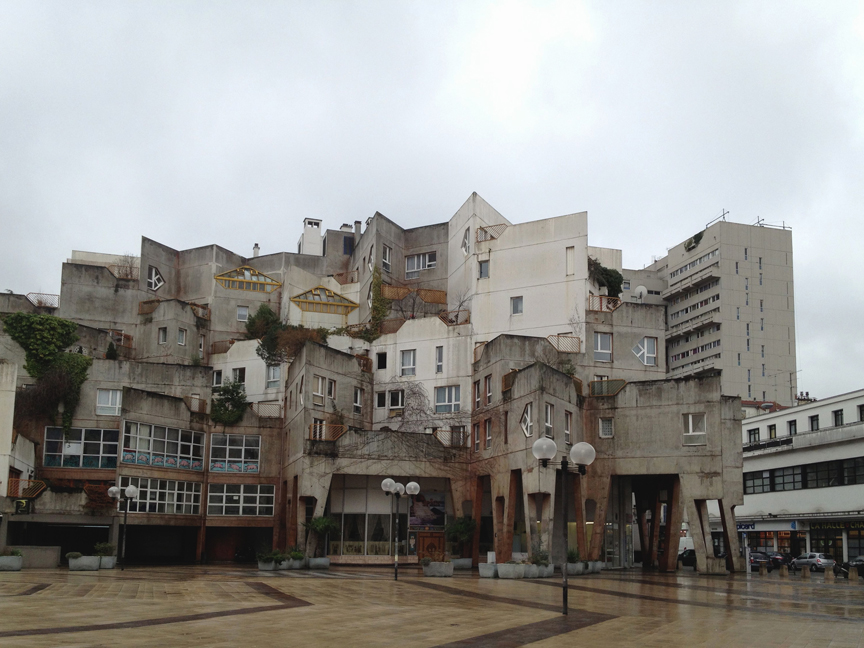“From the ruins, lonely and inexplicable as the sphinx, rose the Empire State Building…
…and, just as it had been a tradition of mine to climb to the Plaza Roof to take leave of the beautiful city, extending as far as eyes could reach, so now I went to the roof of the last and most magnificent of towers. Then I understood everything was explained: I had discovered the crowning error of the city, its Pandora’s box. Full of vaunting pride the New Yorker had climbed here and seen with dismay what he had never suspected, that the city was not the endless succession of canyons that he had supposed but that it had limits - from the tallest structure he saw for the first time that it faded out into the country on all sides, into an expanse of green and blue that alone was limitless. And with the awful realization that New York was a city after all and not a universe, the whole shining edifice that he had reared in his imagination came crashing to the ground.” F. Scott Fitzgerald, My Lost City, 1935/1940

This course will serve as a geographical introduction to the history, theory, form, and function of cities. In the past decade, the number of people living in cities has surpassed the world’s rural population. Demographers speculate that cities will account for all global population growth over the next fifty years as people continue to leave rural areas for urbanized life.
Our global future, in other words, is an urban future.
Rather than occurring primarily in cities like New York and Paris, most urban changes are happening in the developing world, in places like Lagos, Mumbai, and São Paolo. As sites of economic production, spaces of cultural and artistic expression, and places where inequality is often rendered most visible, cities pose new challenges and offer opportunities for governments, communities and individuals the world over. Our class will employ a number of different vantage points and disciplinary lenses in order to interrogate these exciting and complex urban landscapes.
